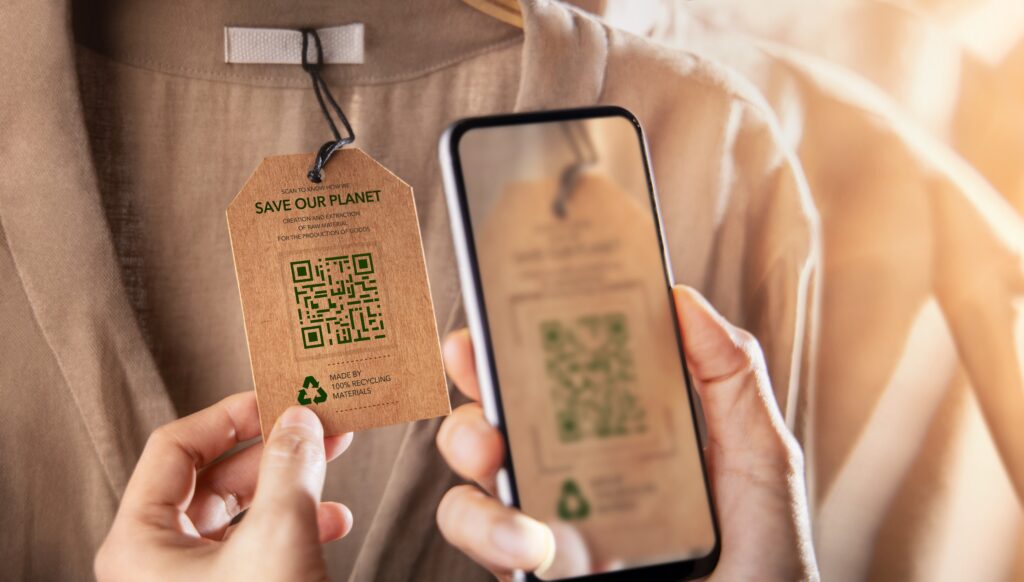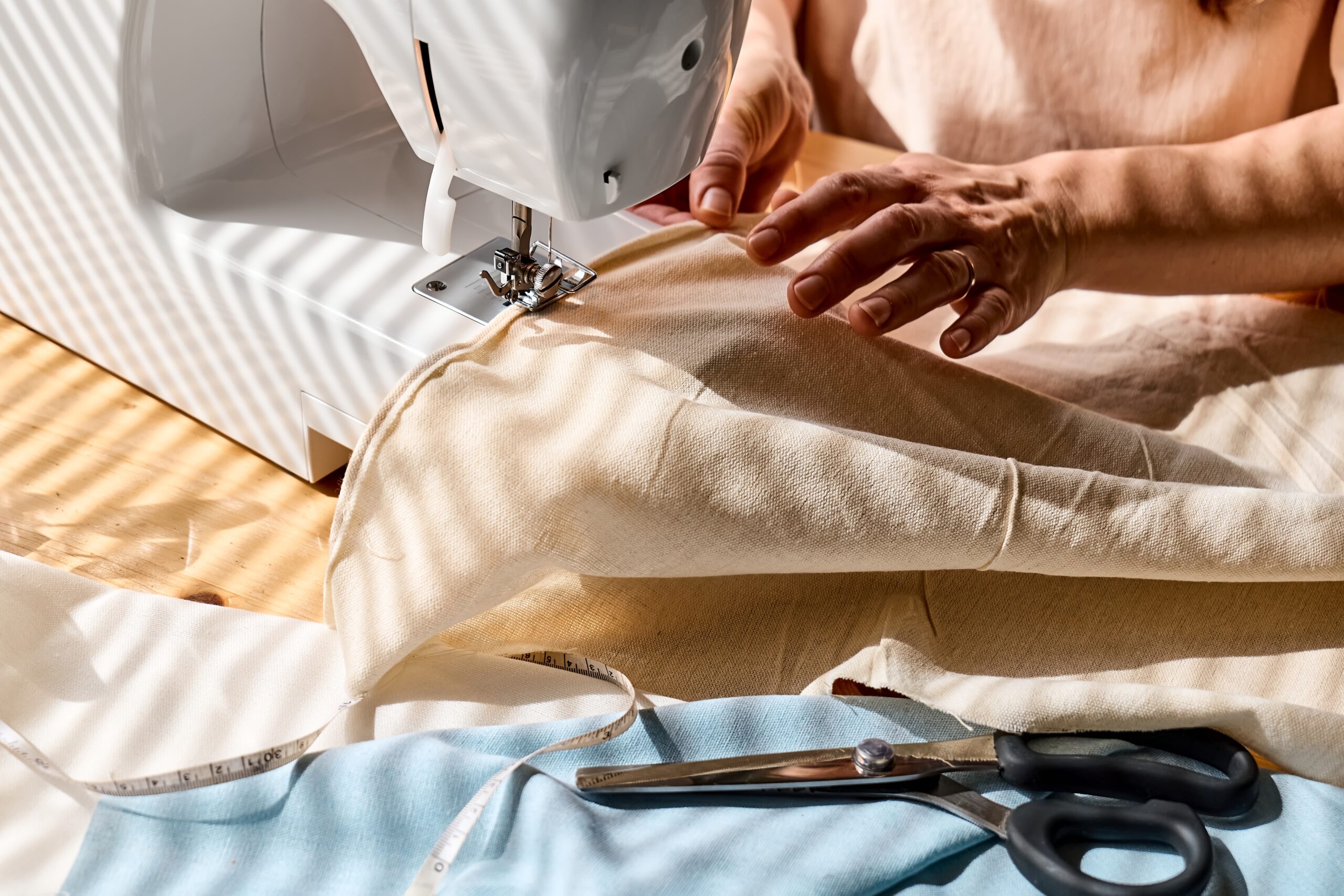Fast fashion may be convenient, but it comes at a steep cost — to our planet, garment workers, and even our own sense of style. Sustainable fashion is not just a trend; it’s a much-needed movement towards a more ethical, eco-conscious way of dressing. This article breaks down why sustainability in fashion is vital, what impact your wardrobe has, and how you can start making smarter choices today, no matter your budget or lifestyle.
Outline
- What Is Sustainable Fashion?
- Why Fast Fashion Is a Problem
- The Environmental Impact of Clothing
- The Human Cost Behind Cheap Clothes
- Why Conscious Style Matters to You
- Easy Ways to Start a More Sustainable Wardrobe
- How to Shop (and Dress) More Responsibly
- Final Thoughts: Small Changes, Big Impact
What Is Sustainable Fashion?
Sustainable fashion is a movement that promotes:
- Ethical production (fair wages, safe working conditions)
- Eco-friendly materials (organic cotton, recycled fabrics)
- Slow consumption (quality over quantity)
- Longevity (timeless pieces, not disposable trends)
It’s about reducing fashion’s footprint on the planet and making more informed decisions about what we wear.
Why Fast Fashion Is a Problem
Fast fashion refers to mass-produced, low-cost clothing made to follow ever-changing trends. It’s designed for:
- Speed: Get to stores quickly after runway trends appear
- Quantity: New collections drop weekly, even daily
- Low prices: Encourages impulse buying and disposability
But behind those bargains is a harsh reality:
- 1 in 6 people on Earth work in fashion-related jobs — many in poor conditions
- Garments are often made using toxic dyes, synthetic fibres, and wasteful processes
- Clothes are treated as disposable: 85% of textiles end up in landfills each year
The Environmental Impact of Clothing
Let’s look at some staggering facts:
| Impact Area | Fast Fashion Reality |
|---|---|
| Water Usage | One cotton shirt = 2,700 litres of water (enough for 3 years of drinking water) |
| Microplastic Pollution | Synthetic fibres = 35% of ocean microplastics |
| Carbon Footprint | The fashion industry = 10% of global carbon emissions |
| Waste | 92 million tonnes of textile waste per year |
In short: Fashion is one of the world’s dirtiest industries — but you can be part of the solution.

The Human Cost Behind Cheap Clothes
When a shirt costs €5, someone else is paying the price:
- Unsafe factory conditions
- Long hours with little pay
- Exploitation of women and children
- Pressure to meet impossible quotas
Ethical fashion ensures dignity, safety, and fair compensation for the people behind our clothes.
Why Conscious Style Matters to You
Aside from helping people and the planet, sustainable fashion benefits you:
- Better quality: Garments last longer, look better, and fit well
- Unique style: You develop your own look — not just trend-chasing
- Less clutter: A curated wardrobe saves time and energy
- Stronger values: You wear what you believe in
“Your clothes tell a story — choose one you’re proud of.”
Easy Ways to Start a More Sustainable Wardrobe
Sustainability doesn’t mean throwing out your closet and buying only hemp basics. Here’s how to begin:
1. Re-wear and Repeat
Wear what you already own — styling it differently is more creative than shopping.
2. Wash Less, Wash Smart
Use cold water, air dry, and skip the dryer when possible to preserve garments.
3. Buy Second-Hand
Thrift shops, vintage markets, and online resale platforms are goldmines.
4. Ask Questions
Before buying something new, ask:
- Who made this?
- What is it made from?
- Will I wear it 30+ times?
5. Swap or Rent
Fashion swaps or rental services are great for events and try-before-you-buy.
How to Shop (and Dress) More Responsibly
Here’s how to be a smarter fashion consumer:
| Habit | Sustainable Alternative |
|---|---|
| Buying fast fashion weekly | Shop seasonally or quarterly |
| Impulse buying | Follow a 24-hour rule before purchasing |
| Trend-chasing | Focus on versatile, timeless pieces |
| One-off outfits | Style items multiple ways for different occasions |
| Ignoring care labels | Learn how to wash, store and repair clothes properly |
Look for labels or certifications like:
- GOTS (Global Organic Textile Standard)
- Fair Trade Certified
- OEKO-TEX
- B Corp brands
Bonus tip: Use the “Cost Per Wear” rule. If a €100 coat is worn 100 times, it costs €1 per wear — better than a €20 fast-fashion coat worn 5 times (€4 per wear!).
Final Thoughts: Small Changes, Big Impact
You don’t need to be perfect. Sustainability is a journey, not a status.
Start where you are:
- Love your clothes longer
- Buy less, choose better
- Support brands doing good
- And inspire others to care, too
The clothes you wear today can help create the future you want to live in.







